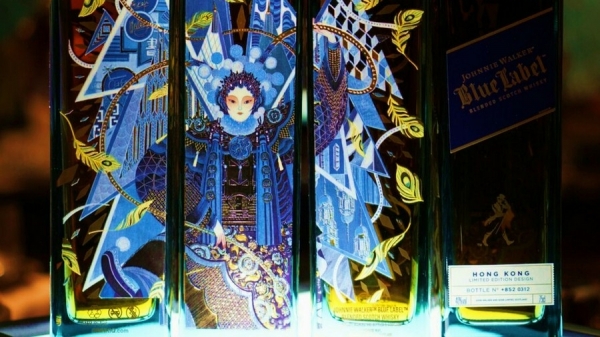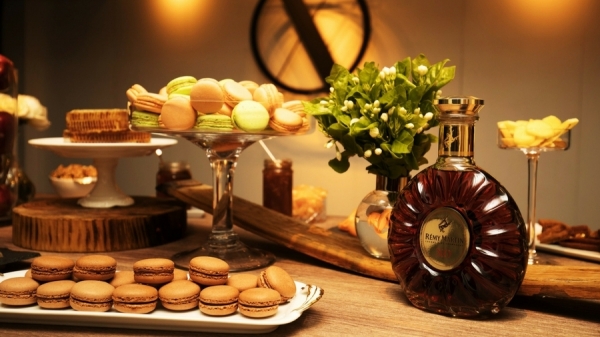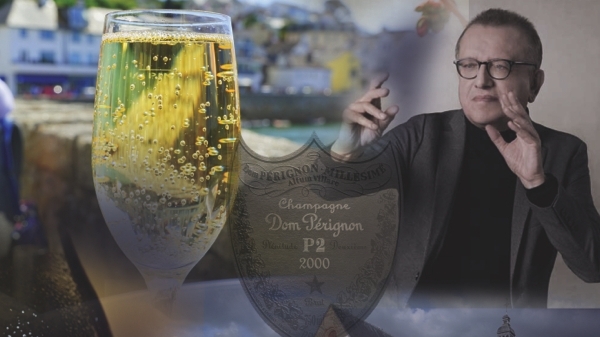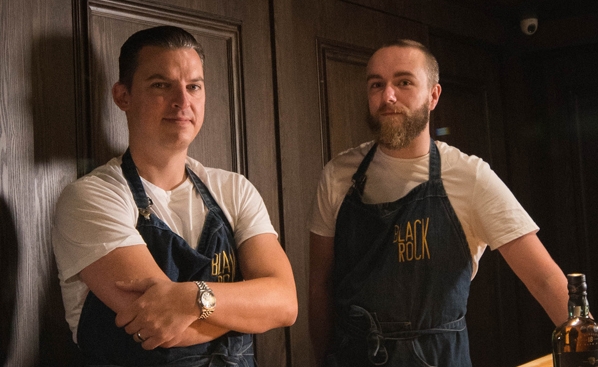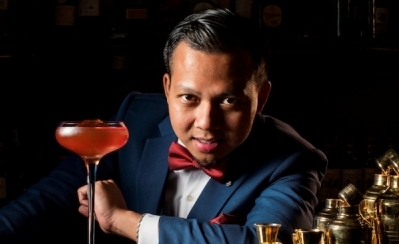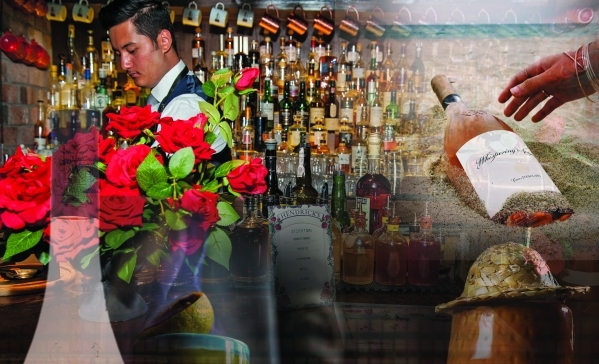
At a recent French state function the new president, Emmanuel Macron, had just been handed a glass of Dom Pérignon when one of his guests started to speak to him.
Macron had a more urgent priority. He took a sip of his champagne, paused for a moment in contemplation, and only then turned to his interlocutor to say, “Now I am ready to listen to you.”
Richard Geoffroy, Chef de Cave of Dom Pérignon since 1990, appreciates that story. Macron, it appears, believes that champagne – or at least Dom Pérignon – should be taken seriously. Geoffroy certainly thinks the same.
A Champenois by birth, he was originally headed for a career in medicine, but was so serious about the region’s wines that in 1982, after having qualified as a physician, he went back to college in Reims to study winemaking. Feeling he needed some experience in the wider world, he worked as technical adviser to Domaine Chandon in California’s Napa Valley before taking up what was clearly his true calling with Dom Pérignon.
Arguably the original cuvée de prestige, first made in 1921, Dom Pérignon now has many competitors in the category – among them Louis Roederer’s Cristal, Perrier Jouet’s Belle Epoque and Laurent Perrier’s Grand Siecle.
There are even several within the same parent luxury goods group, LVMH, including Veuve Clicquot’s La Grand Dame, Dom Ruinart and, of course, the wines of the house of Krug, which are all regarded as prestige cuvées and have a longstanding motto: “There is champagne and then there is Krug.” Geoffroy doesn’t quite see the wines he makes that way.
“For some years I’ve been facing the temptation of saying Dom Pérignon is beyond champagne. It’s foolish,” he says. “Dom Pérignon is proudly champagne, and in a way it’s always about being proudly local. It is essential champagne. It has the accessibility, the tenacity, the playfulness, the joyfulness – and yet the depth, the content.”
Geoffroy was in Hong Kong recently for a special dinner at the InterContinental’s Rech restaurant featuring a menu prepared by Alain Ducasse to partner Dom Pérignon P2 2000.
Since taking up his post in 1990, he has been a man on a mission – one best expressed in the often magnificent wines he has spent nearly 30 years making, but also through his role as a roving ambassador. He travels the world working with chefs to promote Dom Pérignon and champagne in general as gastronomic wines, with frequent visits to Hong Kong, mainland China and Japan.
“For a long time people have been thinking there is champagne and there is wine. Wine is serious and champagne is not,” he says. “My mission is to make it so that any mention of champagne implies grandeur and seriousness. It’s a work in progress, but I think Dom Pérignon is doing its bit.”
Among Geoffroy’s contributions has been the concept of “plenitudes”. These are windows in the evolution of a champagne, while it’s maturing in the bottle and still on the yeast that gave it its effervescence, during which it achieves certain qualities.
“A plenitude is a stage of radiance, serenity, lightness of being in maturity. A period in time which doesn’t last for too long – a few years,” he says.
For this reason he keeps a limited number of bottles of each vintage in the cellar “on the lees” (yeast) for release (with the yeast removed) when it has reached these plateaux or “perfect phases”.
“Those are periods which are worth a re-release. I’m the guy who made it, blended it and declared the vintage, so I more or less know when it’s ready for something,” he says.
The plenitudes occur at no fixed date, but the first is generally at around nine years, the second after 15 years and the third after 25 years – but possibly much later.
“I make a point that the period of the third plenitude is up to 40 years,” he says. “That doesn’t mean that the lifespan of Dom Pérignon is 40 years. It’s more than double that.
I can’t think of a single vintage of Dom Pérignon unable to reach that 100-year line or frontier.
“There are only three windows. After the third plenitude the wine keeps improving for another 50 years or more. The third plenitude is mid-life. There isn’t a fourth window. But we might release wines again as après la troisième (after the third). Why not? It would be very poetic. I’m saving wine for this, someday.”

The first plenitude of the 2000 vintage, Geoffroy determined, came in 2008, and the second, P2, in 2017. He describes the wine as “intense, vibrant and crisp with its energy at its apogee.”
“Dom Pérignon P2 2000 has surpassed its initial balance. It has grown into a wine that is more full-bodied, more complete, more coherent and more harmonious. It has become more complex and every bit as intriguing,” he says.
“It’s extra time – the gift of extra maturation, active maturation on the lees, the yeast which actually made it sparkling in the bottle and that intriguing mysterious contribution to the expression of P2. I say intriguing because it’s not the evolution of the original fruit. It’s something extra – organic – making it more intense, more textured and more complex.
“So P2 is the same blend of the same vintage. It’s not a super blend. It’s the same wine magnified through that extraordinary process of maturation.”
The plenitudes were a daring experiment which seems to have worked, and one of many spearheaded by Geoffroy over the last few years.
“We have been pushing the parameters of vintage character, and the parameters of the character of Dom Pérignon,” he says. “The most recent vintages have got more flesh, more presence. I think they have more guts than just about anybody. The 2003 was very controversial but now it’s stunning wine, and people have started to give justice to it. It’s accessible, pleasurable, elegant.”
All Dom Pérignons are vintage champagnes, and between its first vintage in 1921 and 2000, the chefs de cave declared only 37. More than two in a row were rare, but since the turn of the century Geoffroy has chosen to declare them more frequently.
“We declared five vintages in a row and some people said to me, ‘Wow, that often?’ The five are all 95-plus (Parker points) so what else?” he says.
“I’m on a mission to make good wine whenever I can make it. I have no right to write a vintage off for the sake of artificial scarcity,” he says. “The danger with champagne is artificial scarcity. It’s old-school luxury. True luxury for me is to make it as good as it can be whenever possible. It’s about authenticity and honesty.”
Text: Robin Lynam





